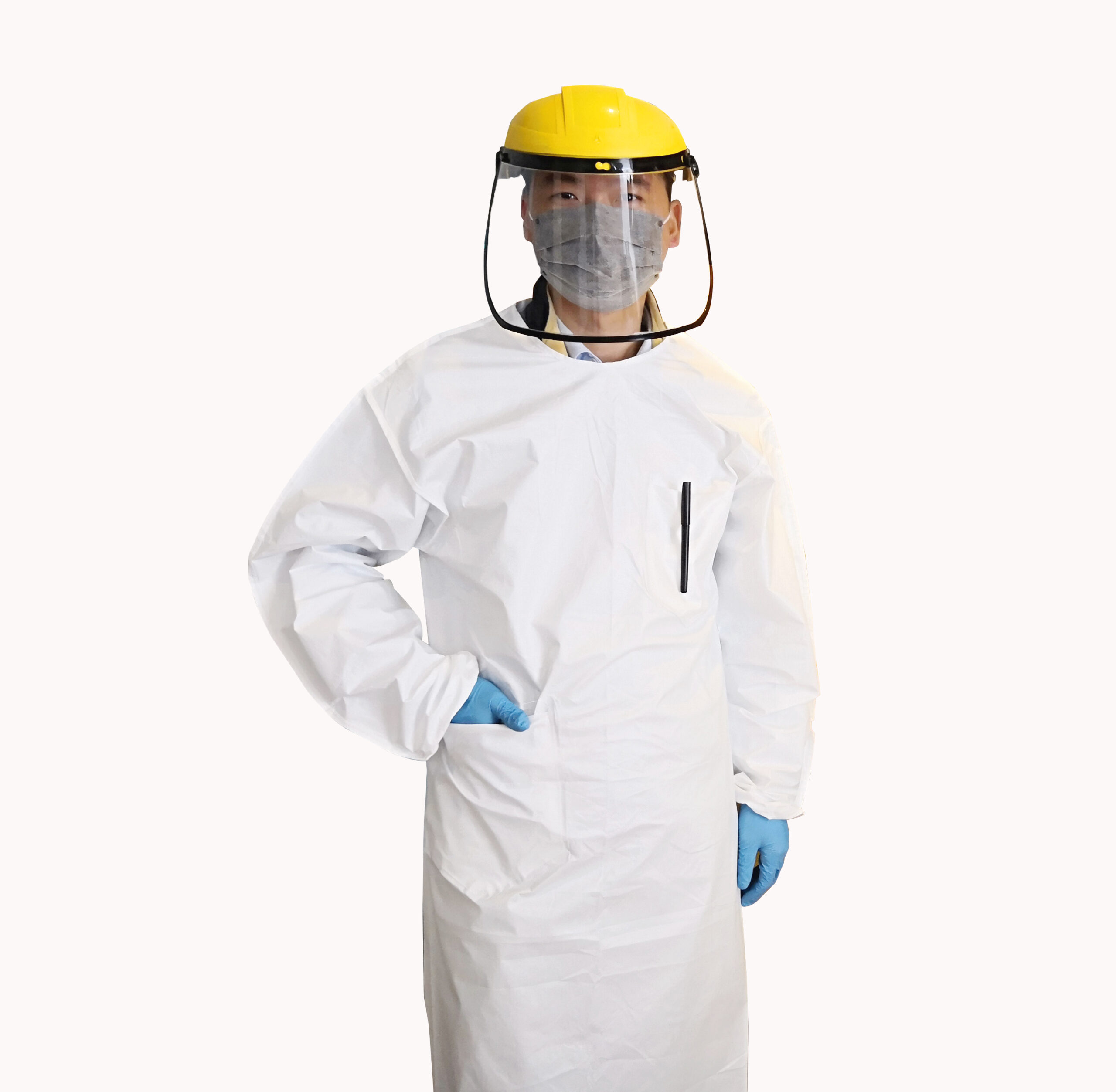Electrostatic protective fabrics (anti-static overalls) for different purposes have different requirements for anti-static properties. For general civilian use, its performance requirements are low, and for industrial use, its performance requirements are higher.
1. For ordinary civilian electrostatic protection fabrics, it is generally required to prevent dust, entanglement, and electrostatic stimulation when clothes are put on and taken off. When the specific resistance of the fabric reaches a level of 10(7)~108 trillion m (relative humidity 40%), the frictional electrification voltage of outerwear or underwear can reach 3kV or less, that is, it can achieve the interference of ordinary living fabrics to eliminate static electricity. Contamination by dust and requirements for hygiene and comfort.
2. The fabric used in dust-free and sterile work clothes is a special-purpose fabric with strict requirements for anti-static performance. The fabric itself must not generate dust, and at the same time, it must effectively eliminate static electricity to prevent the adsorption of dust and bacteria. The materials used in the fabric are almost all polyester filaments (it does not produce dust by itself and has excellent performance). For special medical and industrial dust-free, sterile work wear fabrics, flame-retardant aromatic polyamide filaments can be used as materials. In addition, for surgical and biological product processing masks, face masks, etc., most of the polyester non-woven fabrics are used. This material has a small amount of dust generation, and its dust filtration rate is higher than that of polyester filaments. Bacteria of the human body attach to dust and become airborne bacteria. They are easy to cause infection and pollution during surgery and the processing of biological products. The polyester non-woven fabric can filter out 99.97% of particles above 0.3UM, which can ensure dust-free and sterile. The indoor air is in a laminar and clean state. The dust-free, sterile clothing fabric does not generate dust except for itself , It is also required to have air permeability, excellent filterability, and can trap dust.
3. Flame-proof and explosion-proof work clothes fabric. In the flammable and explosive occasions in the national defense, petroleum, chemical and other industrial sectors, chemical fiber fabrics are easy to rub and produce tiny sparks, which may cause explosions and combustion. Electrostatic protection fabrics can effectively prevent this hidden danger. Generally, the frictional electrostatic voltage is required to be lower than 2-3kV to ensure safe use in flammable and explosive environments. In addition, for flame-proof and explosion-proof work clothes fabrics used under general environmental conditions, the specific resistance of about 107Q.m can also meet the requirements.
4. Conductive clothing fabric. With the development of the economy, 500kV substations and 500kV lines have been built and put into operation one after another. There have been many times during operation due to strong electric field induction. In addition, strong electric field electrostatic induction has a certain impact on the human body’s nerves, heart, blood, etc., especially electric workers have a strong reaction to this. As a result, a work clothes that can prevent strong electric field induction—namely, 500kV substation inspection clothes (conductive Clothes). The fabric is required to have good shielding efficiency and conductivity, as well as good wearability.
Some anti-static fabrics, such as anti-static shoes, require special anti-static agents to achieve their anti-static effect.





